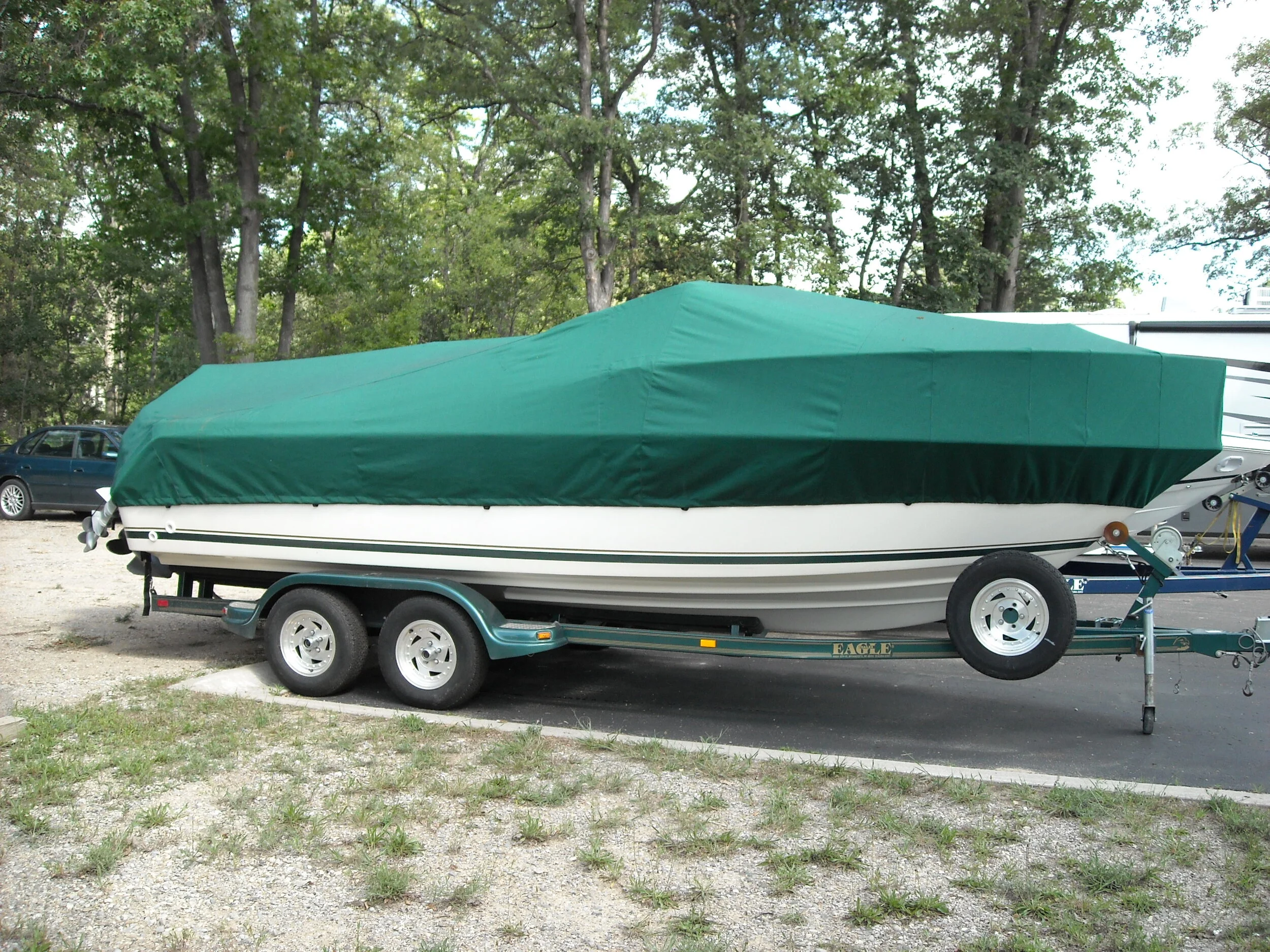Professional Insights: What You Should Know Prior to Buying a Marine Cover

Buying a marine cover can appear daunting, particularly with the myriad of choices available on the industry today. Whether you are a veteran sailor or a casual boater, understanding what makes a superior boat cover is crucial for safeguarding your asset. A good cover not only guards your boat from extreme weather conditions, but it also aids mitigate deterioration from UV rays, mold, and mildew. In this guide, we will provide knowledge into the important considerations you need to consider before making your buy.
From the substances used to the design features, every aspect is important when it comes to discovering the right fit for your boat. In addition, we will discuss typical blunders that boat owners make and provide useful advice on how to upkeep and secure your cover properly. So, regardless of whether you're looking for tailored options or weighing the pros and cons of universal covers, join us as we explore the essential aspects of selecting a boat cover that meets your demands.
Choosing the Right Boat Cover
Determining the appropriate boat cover is important for safeguarding your investment and ensuring the lifespan of your vessel. One of the first steps is to assess the size and shape of your boat. Accurate measurements will assist you decide whether to opt for a custom or standard cover. While universal covers offer convenience, they may not fit your boat as snugly as a custom-made option, which can result in inadequate safeguarding against the elements.
Materials play a key role in the durability and effectiveness of a boat cover. Common materials include canvas and polyester, each with its own range of pros and cons. Canvas covers often provide excellent UV protection and breathability, while polyester offers easy-to-handle convenience and water resistance. Knowing the specific climate conditions your boat will face can further influence your choice in choosing the best material.
Lastly, consider extra features that enhance the cover's performance. Look for options that include reinforced seams, built-in venting systems, and adjustable tying mechanisms. These details can greatly impact how well the cover functions, especially under varying weather conditions. By Discover more in size, material, and unique features, you'll be well on your way to locating a boat cover that meets your needs efficiently.
Comprehending Vessel Protection Materials

As picking a boat cover, the material plays a vital role in determining the cover's effectiveness and lifespan. Typical materials include polyester fabric, canvas, and Sunbrella. Polyester is well-liked for its durability and water-resistance, making it a great choice for various weather conditions. The canvas option, while traditionally favored for its strength and air permeability, requires more care to ensure it in good shape. Sunbrella is known for its UV protection and color retention, making it ideal for individuals concerned about UV degradation.
Every material has its benefits and drawbacks, and the optimal choice often depends on the particular needs of the watercraft owner. For instance, if the cover will be exposed to severe weather, a water-resistant polyester cover may be preferable. Conversely, if you're looking for an option easy to handle and easy to handle, airy canvas could be the better selection. Think about your regional weather and how you plan to apply the cover when making your choice.
In addition, look for features like reinforced stitching and sun protection in the material. These features can improve the cover's lifespan and effectiveness over time. A high-quality boat cover will not only safeguard your vessel from the elements but can also contribute to its overall resale value by maintaining its integrity. Evaluating the pros and limitations of various materials will help you select the most suitable boat cover for your requirements.
Care and Maintenance for Covers for Boats
Suitable maintenance and care are vital for extending the life of your boat cover. Regularly check your cover for any signs of wear and tear, such as torn seams or fabric wear. Cleaning your cover periodically with a soft soap solution and a gentle brush can help get rid of dirt, mold, and mildew, avoiding long-term damage. Verify that the cover is totally dry before placing it, as moisture can lead to mold growth and damage of the materials.
When not in use, it's crucial to store your boat cover correctly to prevent any extra damage. Carefully folding it tidily and placing it in a chilly, dry area will help maintain its shape and keep it free from pests. Additionally, using a ventilated storage bag can protect it from dust and debris while enabling any residual moisture to escape. Steer clear of storing your cover in areas open to intense sunlight or extreme temperatures, as this can accelerate material breakdown.
If your boat cover experiences minor damage, such as small tears or loose seams, prompt repairs can help avoid more serious issues later on. Many boat cover materials are easy to mend with adhesive patches or repair kits designed specifically for marine fabrics. Keeping a compact repair kit on hand will enable you to address any damage swiftly, ensuring your cover stays to provide optimum protection for your boat investment.
